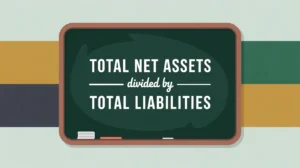Importance of Pro Forma
Pro forma financial statements are planning tools that project an organization’s future revenues, expenses, and financial position under assumed scenarios. They allow nonprofits to test strategies before committing resources, helping leaders anticipate risks and opportunities. In contexts like social innovation and international development, where funding cycles can be uncertain and program horizons stretch across years, pro forma statements provide a structured way to explore “what if” questions. Boards and funders use them to evaluate whether new initiatives, partnerships, or capital projects are financially sustainable before moving forward.
Definition and Features
Pro forma statements are hypothetical financial reports that model how the Statement of Activities, Statement of Financial Position, or cash flow might look in the future.
- Nature: based on assumptions rather than audited results.
- Purpose: to analyze potential outcomes of decisions or external changes.
- Common Uses: budgeting, grant proposals, capital projects, mergers, or scaling initiatives.
- Types: pro forma income statements, balance sheets, and cash flow projections.
- They differ from historical financial statements, which reflect actual results, by focusing instead on scenarios and forecasts.
How This Works in Practice
In practice, finance teams prepare pro forma statements by applying assumptions about revenue streams, expense levels, and external conditions. For example, an education nonprofit considering a three-year regional expansion might prepare a pro forma income statement showing expected grant revenue, staffing costs, and overhead. Assumptions could include growth rates, donor commitments, or inflation. Boards and leadership review these projections to assess whether the initiative is financially viable. Funders often request pro forma statements during grant or investment due diligence, as they reveal how organizations anticipate managing resources. Pro forma modeling also supports contingency planning, helping nonprofits prepare responses to best- and worst-case funding scenarios.
Implications for Social Innovation
For nonprofits in social innovation and international development, pro forma statements provide clarity on the feasibility of scaling, piloting, or sustaining initiatives in complex environments. They encourage rigorous planning and transparency, reducing information asymmetry between nonprofits and funders. Strong pro forma analysis can strengthen proposals by showing how resources will be used, how risks are mitigated, and how sustainability is built into the model. By grounding innovation in financial reality, pro forma tools help organizations pursue systemic change while safeguarding against overextension or financial fragility.







